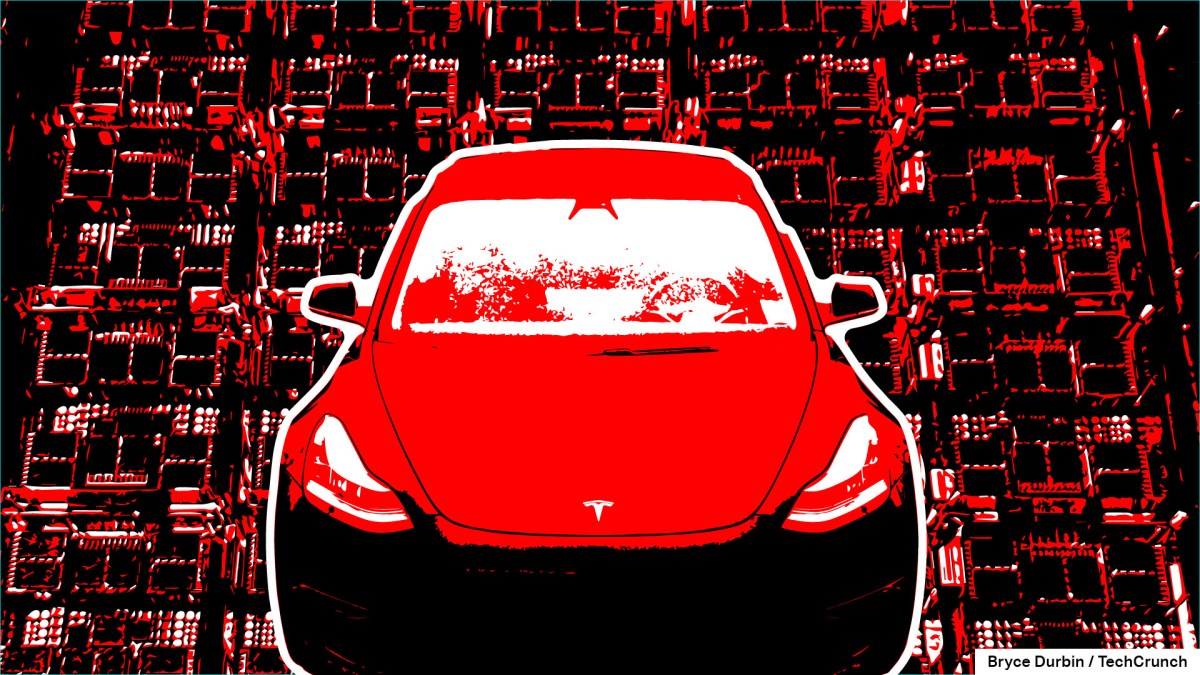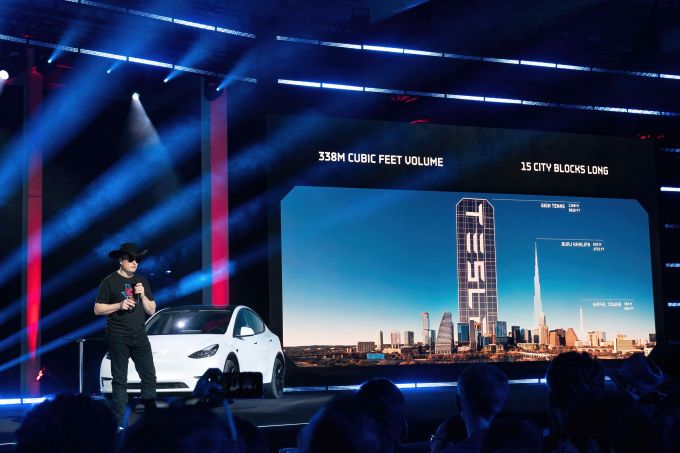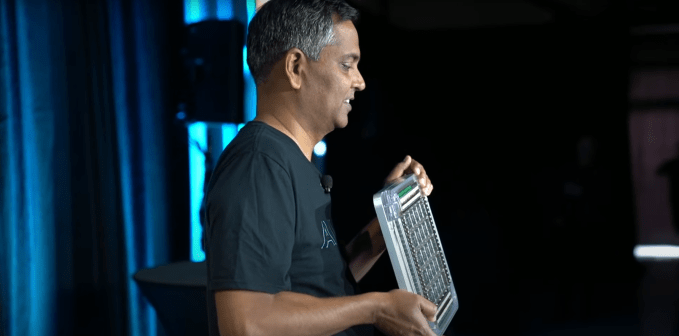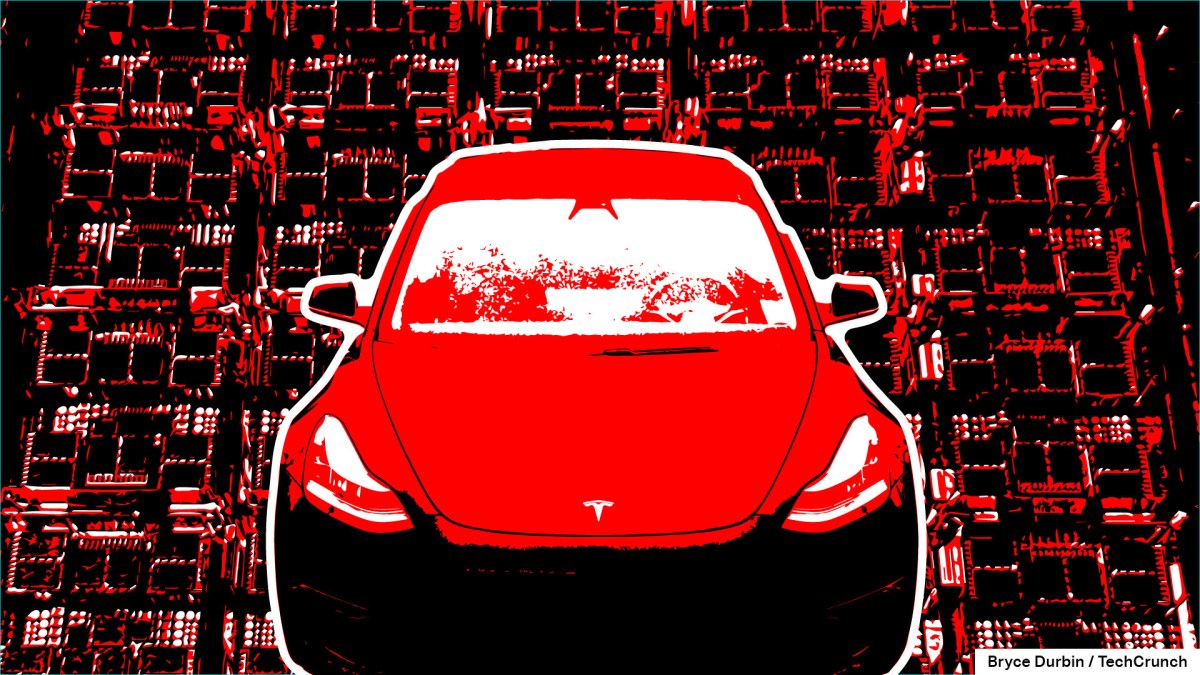Key Points
- Tesla disbanded the Dojo supercomputer team and halted the project.
- Elon Musk called Dojo 2 an “evolutionary dead end” after securing a Samsung AI6 chip deal.
- The company is now focusing on the Cortex training cluster at its Texas gigafactory.
- Dojo relied heavily on Nvidia GPUs and faced supply constraints.
- Around 20 engineers left Dojo, with some forming the startup DensityAI.
- Tesla still plans a $500 million supercomputer in Buffalo, but it will not be Dojo.
- AI6 chips from Samsung will power future FSD, Optimus and data‑center workloads.



Ganesh Venkataramanan, former senior director of Autopilot hardware, presenting the D1 training tile at Tesla’s 2021 AI Day.
Dojo’s Ambitious Beginnings
For years, Tesla promoted Dojo as a custom‑built supercomputer designed to train its Full Self‑Driving (FSD) neural networks and support the Optimus humanoid robot. The project centered on Tesla‑designed D1 chips, later planned to evolve into D2 chips that would integrate an entire Dojo tile onto a single silicon wafer. Musk often highlighted Dojo’s potential to place Tesla among the top five most powerful supercomputers and cited plans for massive compute capacity.
Operational Hurdles and Shifting Priorities
Despite extensive promotion, Dojo never achieved the publicly stated performance milestones. Tesla continued to rely heavily on Nvidia GPUs for training, and the company faced supply challenges for those GPUs. Musk repeatedly warned that Dojo was a risky bet and that the project might not succeed. By late 2024, references to Dojo in earnings calls and public updates ceased, and attention turned to a new initiative called Cortex.
Transition to Cortex and AI6 Partnerships
In the fourth quarter of 2024, Tesla announced the deployment of Cortex, a roughly 50 k H100‑equivalent training cluster at its Texas gigafactory, which supported the rollout of FSD version 13. Subsequent updates added an additional 16 k H200 GPUs, bringing Cortex’s total to about 67 k, according to company statements. Concurrently, Tesla secured a $16.5 billion agreement with Samsung to produce AI6 chips, positioning these chips as the core of future AI hardware across FSD, Optimus and data‑center workloads.
Dojo’s Disbandment
In August 2025, Musk posted that Dojo would be shut down and the team disbanded, describing Dojo 2 as an evolutionary dead end. He noted that all paths converged on the AI6 chip, effectively ending further development of Dojo. Around 20 engineers left the project, with some founding a new AI chip venture called DensityAI. The company still plans to invest $500 million in a supercomputer at its Buffalo gigafactory, but it will not be Dojo.
Implications for Tesla’s AI Strategy
The shift signals a strategic pivot from a proprietary supercomputer to a broader ecosystem that leverages external chip partners and large‑scale GPU clusters. Analysts view the move as both a response to the challenges of building custom AI hardware and an effort to secure more reliable compute resources. While the shutdown marks the end of a high‑profile internal project, Tesla’s continued investment in Cortex and AI6 suggests an ongoing commitment to advancing autonomous driving and robotics capabilities.
Source: techcrunch.com
